When I teach middle school or high school I sometimes use the phrase “I don’t care” to reply to some students who are making excuses for them or someone else. They don’t speak. I/They never do their work. I/they am not/aren’t smart. After the student is done watering down my expectations I’ll tell them that “I don’t care…about that unrelated issue they were trying to distract me with and that they are capable of doing the simple, age-appropriate task that I’ve asked them to do. There are some students who get momentarily put-off by what they deem as a rude comment, but then they’ll think about it and hopefully internalize that they need to raise the bar of what they can do. The Girl Who Figured It Out got that message, albeit in a kinder, elementary-age package with colorful illustrations and a can-do message about overcoming obstacles that life throws your way.
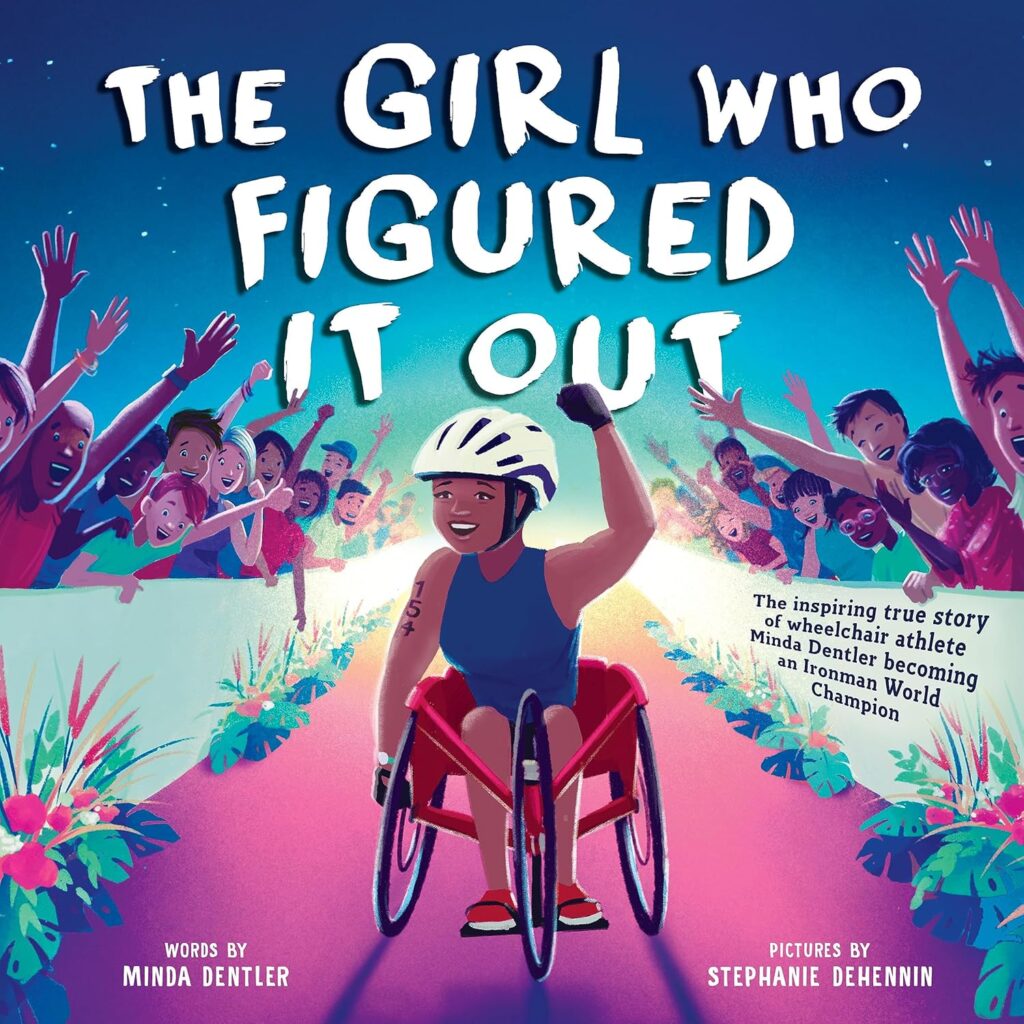

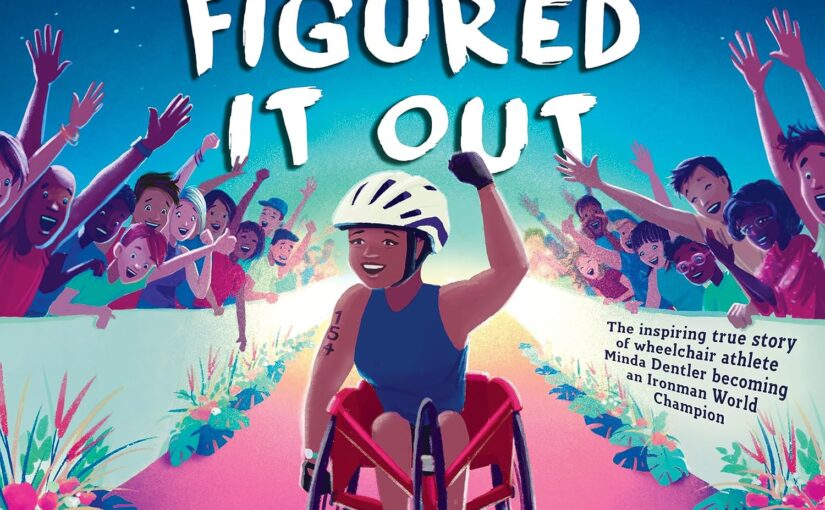
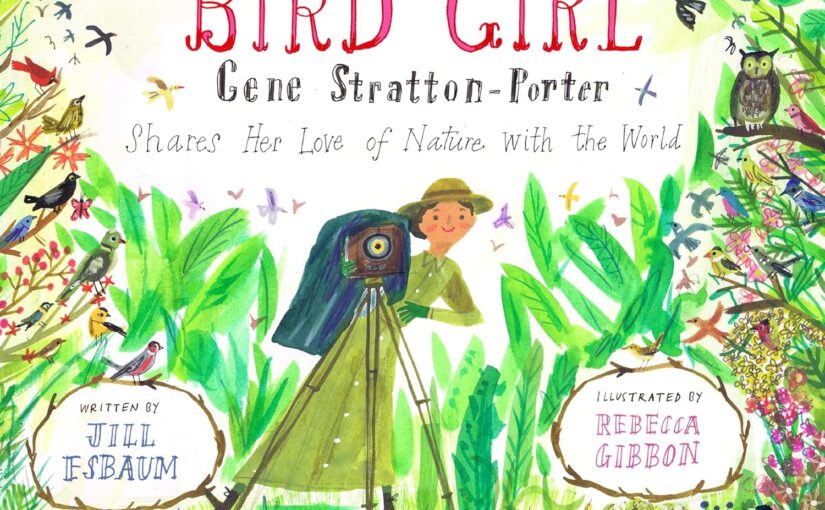
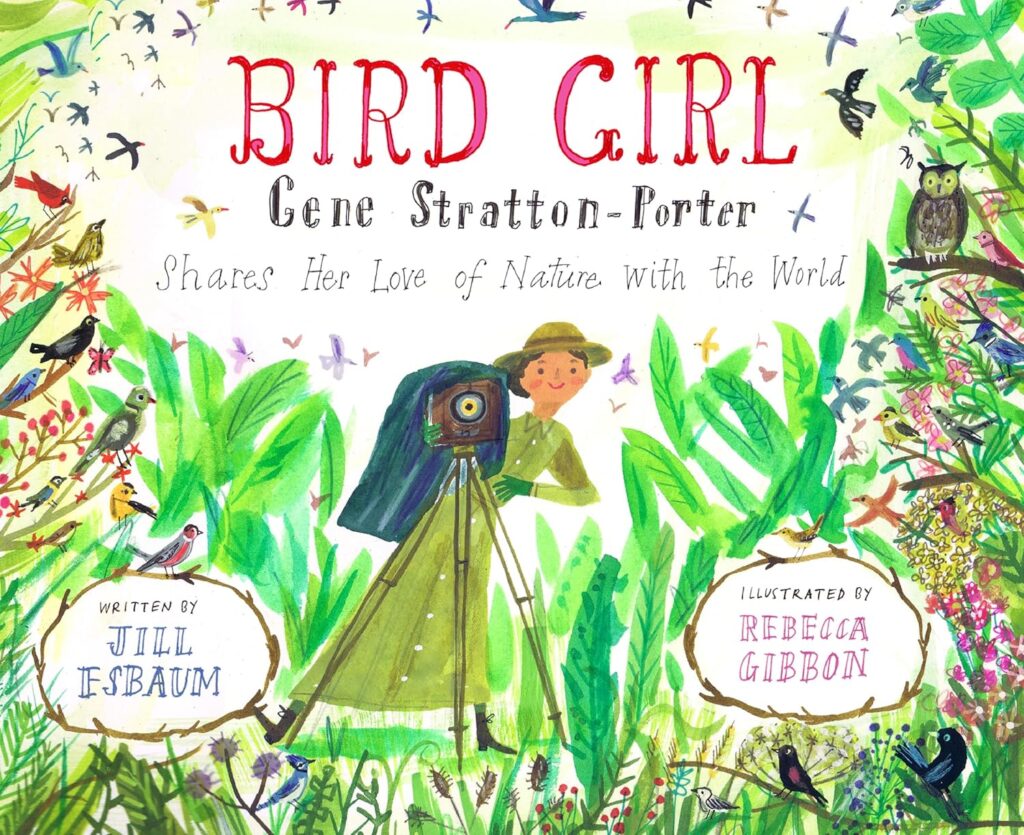
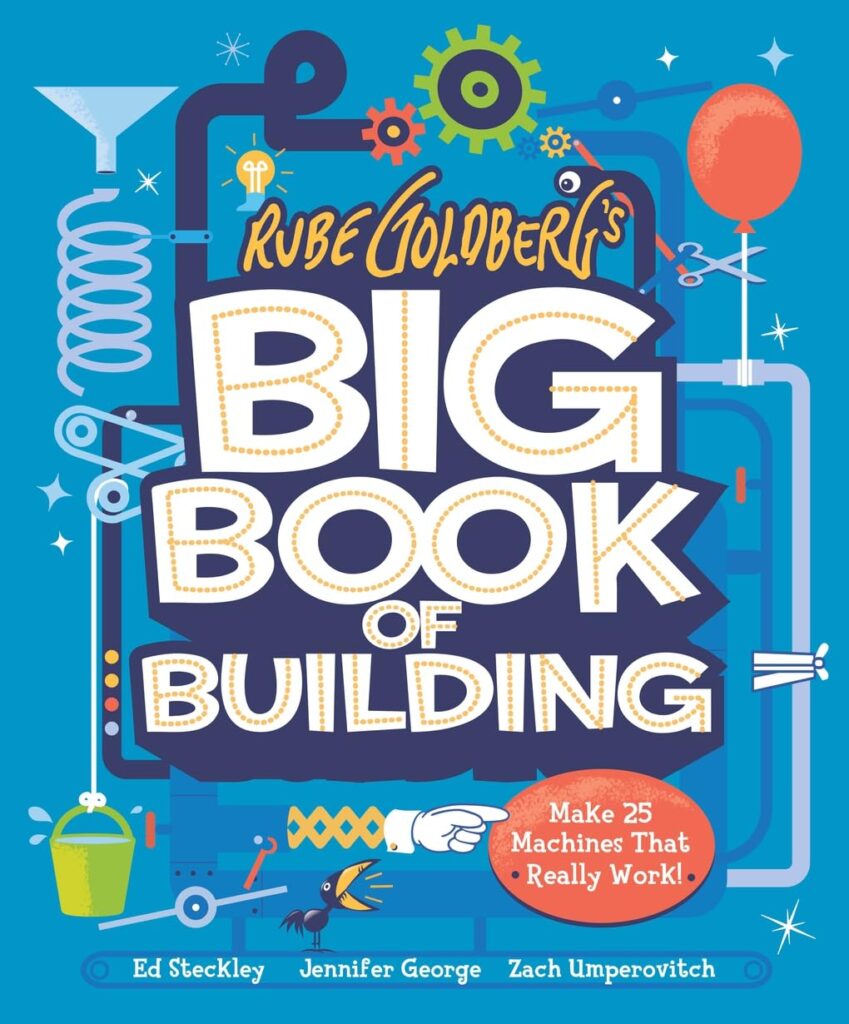
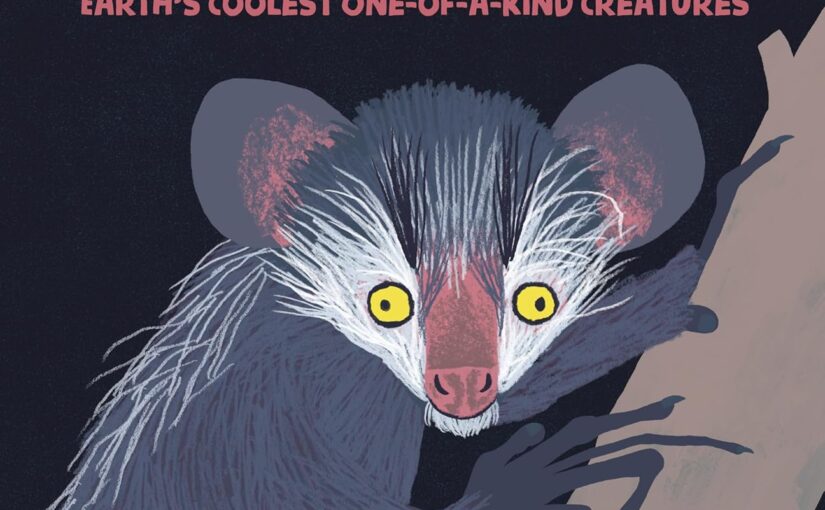
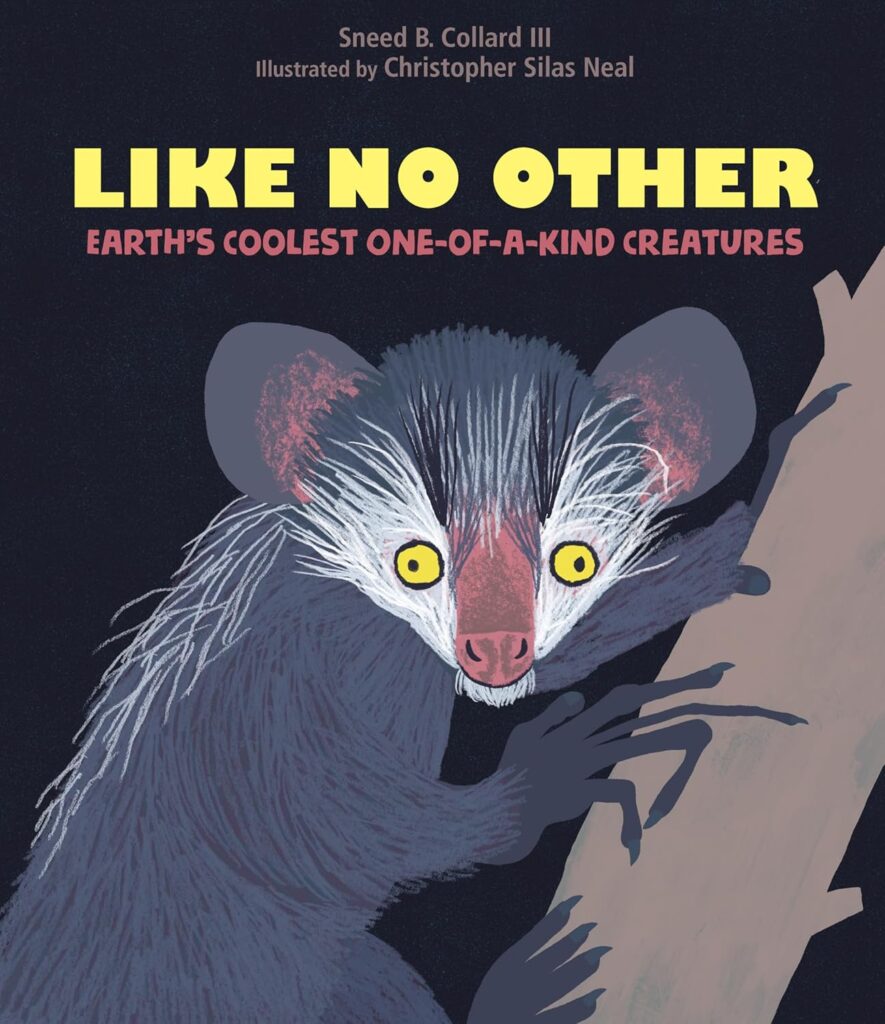
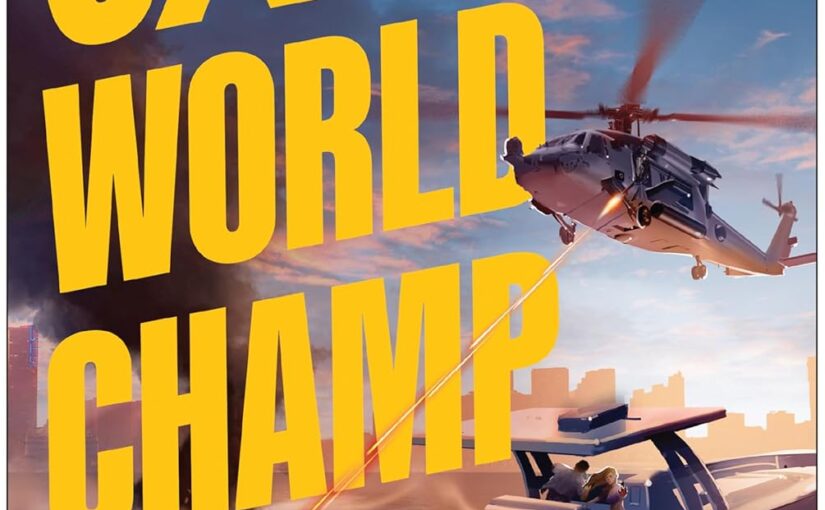
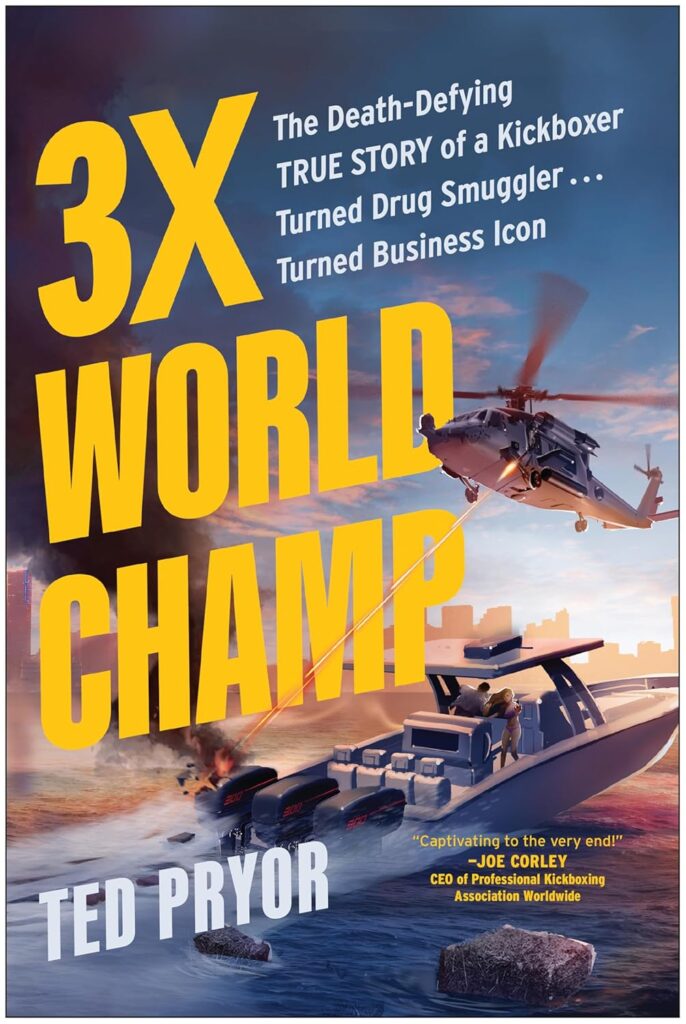

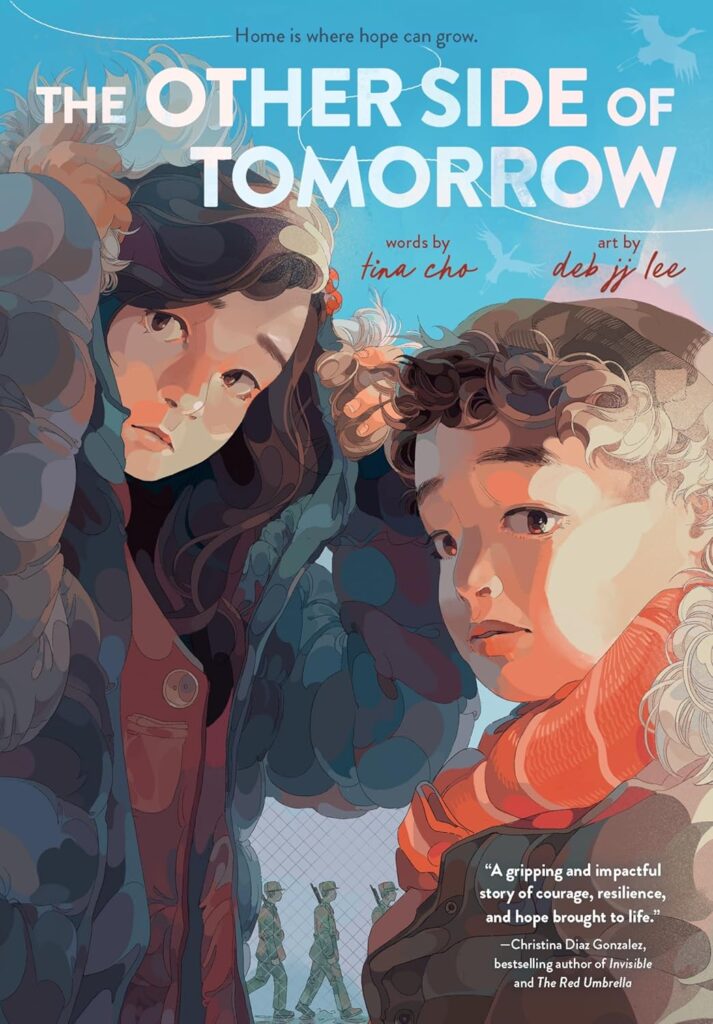
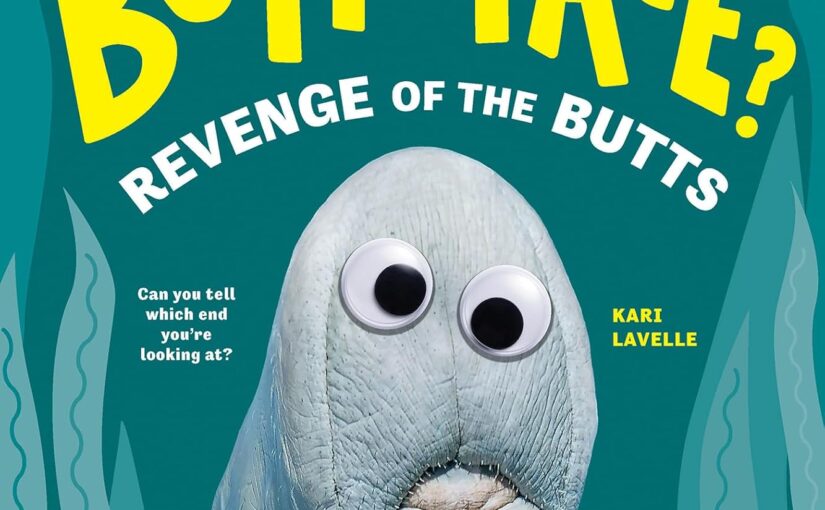
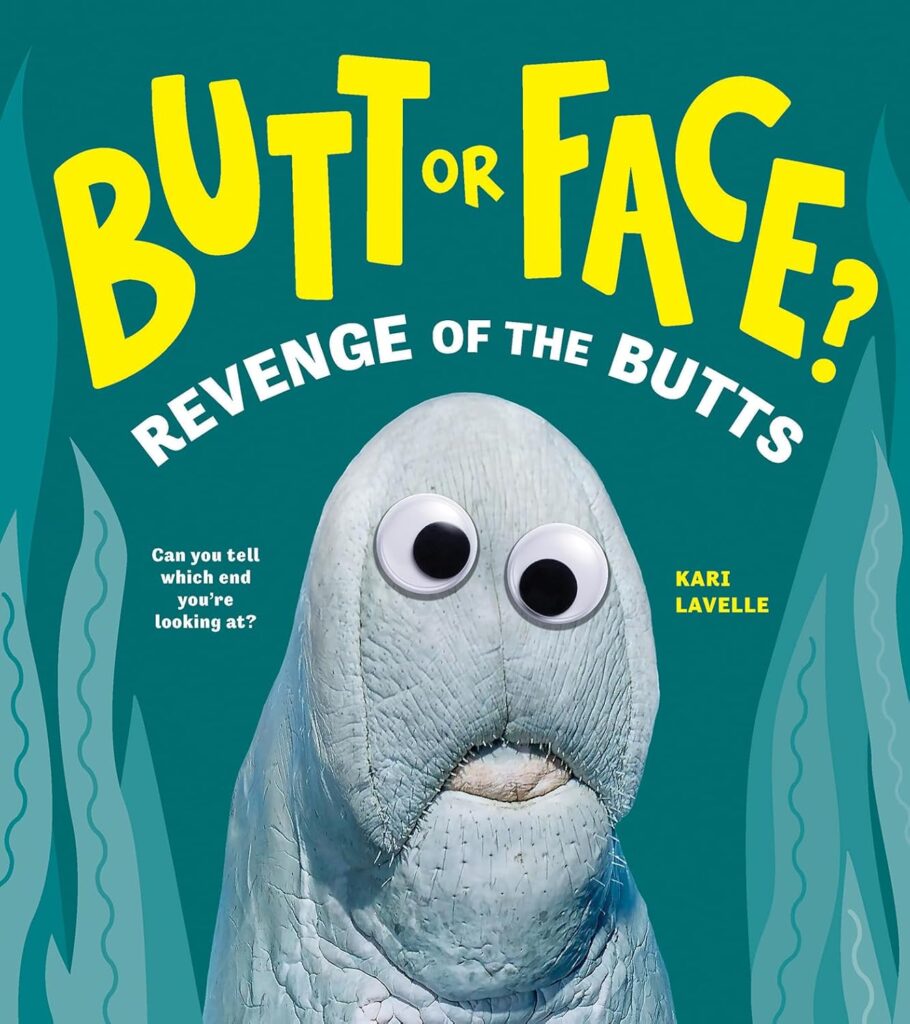
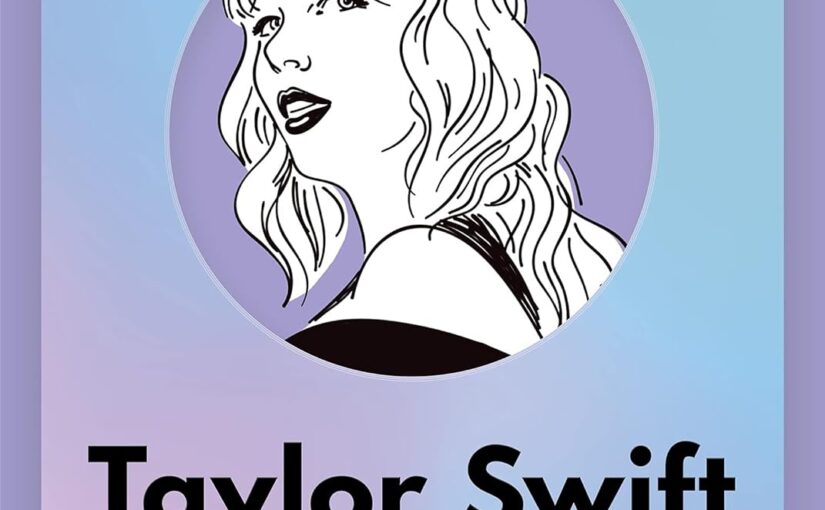
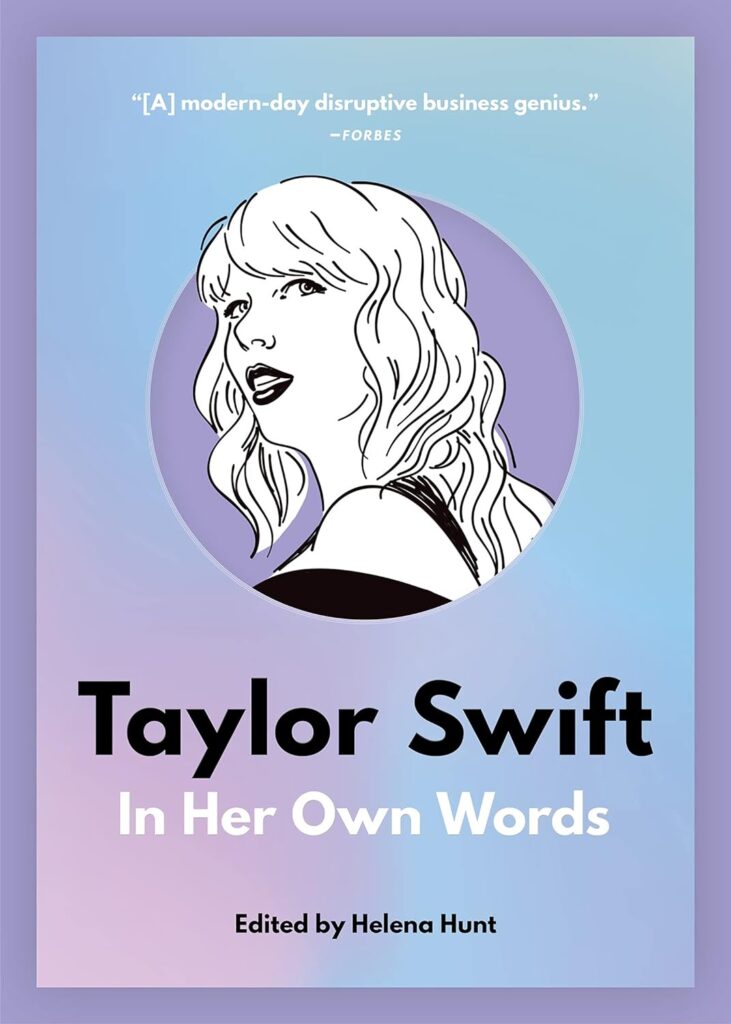


 Facebook
Facebook Twitter
Twitter Flickr
Flickr GooglePlus
GooglePlus Youtube
Youtube